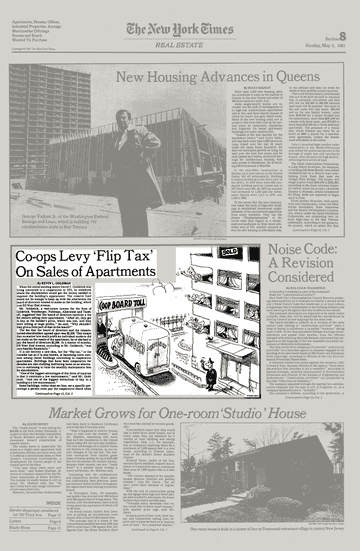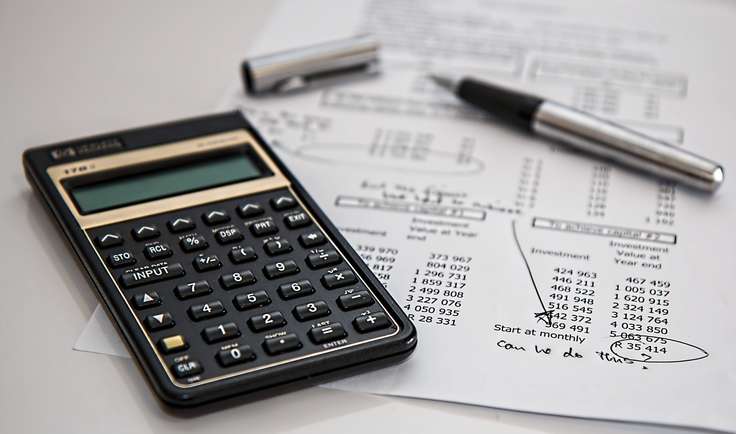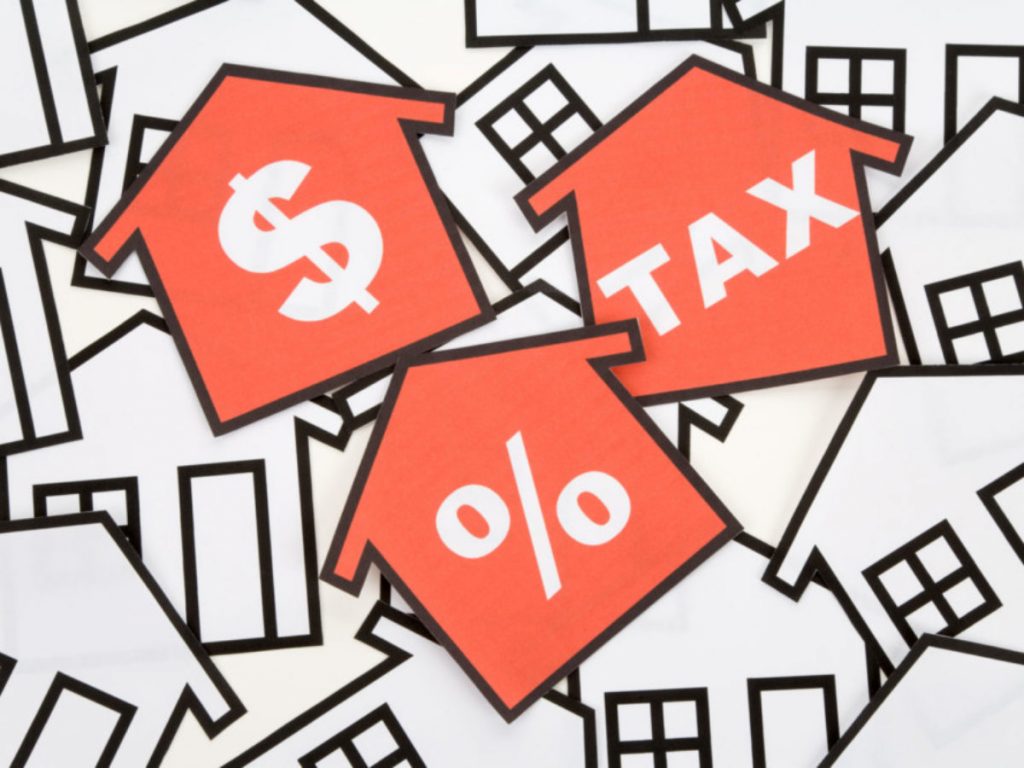What is the flip tax in New York real estate?
Go Back To Previous PageThrough this guide, NestApple will help you navigate through the technicalities of the flip tax in New York real estate, which is NOT even a tax as 100% of it goes to the building, not the government.. We’ll explore common questions about Coop. flip tax NYC, including how they work, who pays them, and what types of properties they apply to. New Yorkers came up with this concept to increase revenues in buildings.
By imposing a flip tax in NYC, sellers are reluctant to flip apartments, reducing the building turnaround. Additionally, buildings with flip taxes generally have fewer assessments and may have lower debt levels due to this additional funding source. 
What is a flip tax in New York real estate?
First, the name “Flip Tax” is a little deceiving. This expense is not a tax at all. For example, it is different from your typical transfer taxes. Instead, it’s a payment for transferring property between a seller and a buyer.
It’s not part of property taxes. It is only a fee implemented by a building.
The percentage is calculated based on the sale price. The flip tax includes all other seller closing costs, such as broker commissions and the paid NYC & NYS Transfer Taxes.
When and why did the flip tax in New York real estate come about?
Flip taxes were a solution for the 1970s housing crisis in NYC. During this time, there was a wave of co-op conversions throughout the city as  buildings became privatized. Those buildings were often run-down and in dire need of significant capital investment. In the 1970s and 80s, when a bunch of crappy rental buildings was converted to co-ops, they had to make lots of improvements.
buildings became privatized. Those buildings were often run-down and in dire need of significant capital investment. In the 1970s and 80s, when a bunch of crappy rental buildings was converted to co-ops, they had to make lots of improvements.
Improvements cost money, and many buildings were left with very little. The tenants (mostly rent-controlled) could sell their apartments at a huge profit. As a result, they now had funds to contribute and build up reserves for the future if they left.
It’s legally sound for co-ops to charge these fees, but only if they’ve already written out the charges and approved them in the building’s proprietary lease.
First, the tax still discourages flipping. While most original co-op owners have sold by this point, you can still flip an apartment. Regardless of the owner, the tax discourages short-term ownership periods. These taxes remain just one of the reasons short-term apartment ownership in NYC doesn’t make sense.
How much is the flip tax in New York buildings in a typical co-op?
Over 80% were calculated as a percentage of the gross sale price. Other ways included:
- A percentage of the owner’s capital gain
- A fixed dollar amount per share
- An amount that declines the longer you hold the apartment
The average flip tax in NYC represents 1% to 3% of the purchase price. The amount varies by building, and in rare instances, you may also encounter a condo that charges a flip tax in New York City. The amount is not set in stone; each building has its regulations and specifications. The typical range remains between 1 and 3%, but 2% seems to be the magic number.
We also found that the vast majority of co-ops—about 90%—have some flip tax. For example, say you buy an apartment for $1,000,000 in a building with a 2% flip tax. You hold it for five years and sell it for $1,200,000, so you owe $24,000. $24,000 is a lot of money, but compared to a gain of $200,000, you might not get too worked up.
But don’t forget you paid $10,000 for the mansion tax when you bought it, $22,000 for the transfer tax during the sale, and possibly a mortgage recording tax as well.
Are they only for co-op buildings, or do condos also have them?
In general, we only find flip taxes paid in transactions involving properties in a NYC co-op.
Most condo sales do not have this additional fee, so buyers/sellers don’t pay that amount. Everyone agrees that co-op boards have the authority to implement it. However, some NYC real estate lawyers have argued that condos can impose flip taxes, although they remain rare.
Who pays the flip tax, and is it tax-deductible?
Flip tax remains a typical “New York Real Estate concept” typically paid by the seller. However, asking the buyer to pay it sometimes  happens in the context of a home property or bidding war. Some sellers force buyers to pay it, and others agree to split it.
happens in the context of a home property or bidding war. Some sellers force buyers to pay it, and others agree to split it.
Regardless of who’s covering the costs, this is an important concept to remember. Always include this cost in your calculations when making your next purchase.
The flip tax is tax-deductible, and you can reduce your taxable capital gains as a seller or buyer by subtracting it as an additional closing cost.
Can buildings change their flip tax?
Yes. A co-op or condo in NYC can change its flip tax by amending the by-laws and receiving approval from most shareholders.
The board cannot unilaterally impose flip taxes without a shareholder vote. Most buildings will waive this cost
if you only transfer your co-op to a spouse, permanent companion, children, or immediate family.
Can you avoid paying it?
You cannot avoid paying the flip tax, but you can try to mitigate your closing costs in other ways. For example, if you’re selling in a hot market, you can ask the buyer to cover it, or you can work with a broker like NestApple that charges lower commissions to sell your property.
you can ask the buyer to cover it, or you can work with a broker like NestApple that charges lower commissions to sell your property.
Flip taxes began as a helpful way for buildings to earn money. Now, they have become just another way for buildings to make income. Whether the tax is good or bad, NYC real estate has fully included it. All buyers should know how it might affect their finances.


